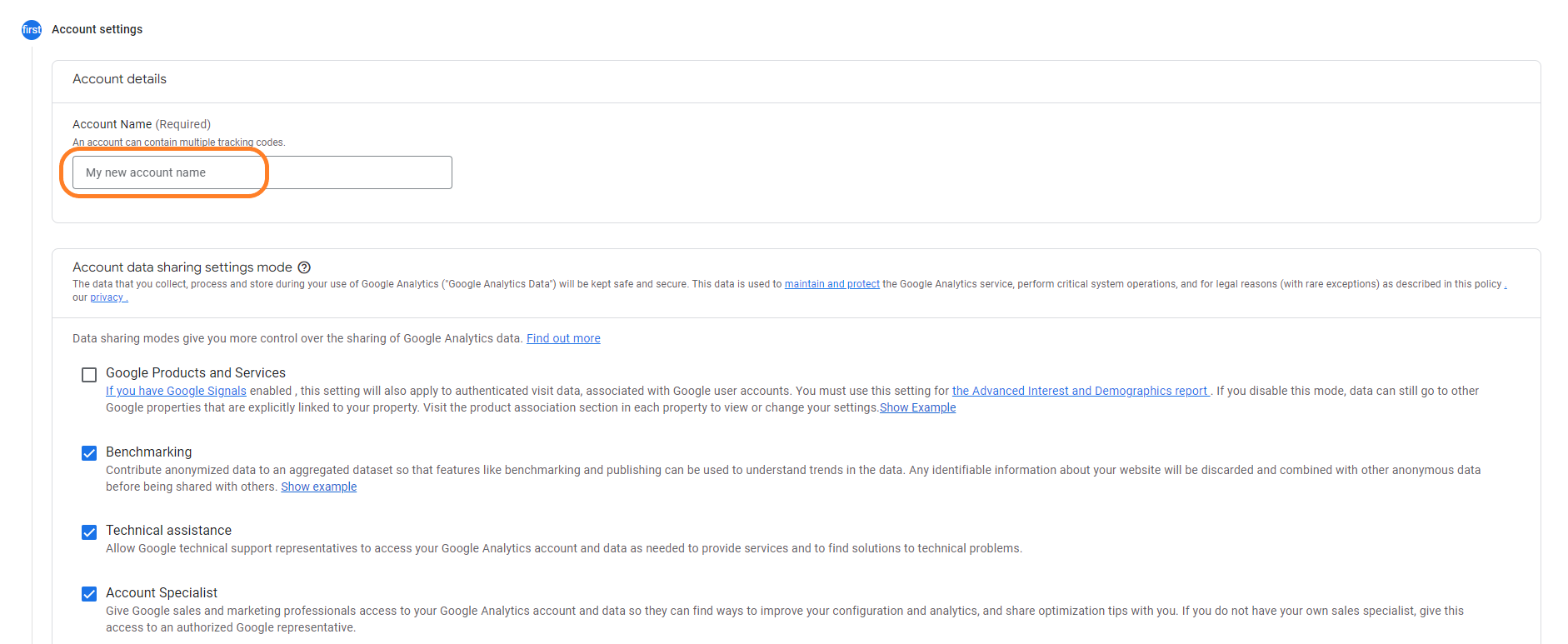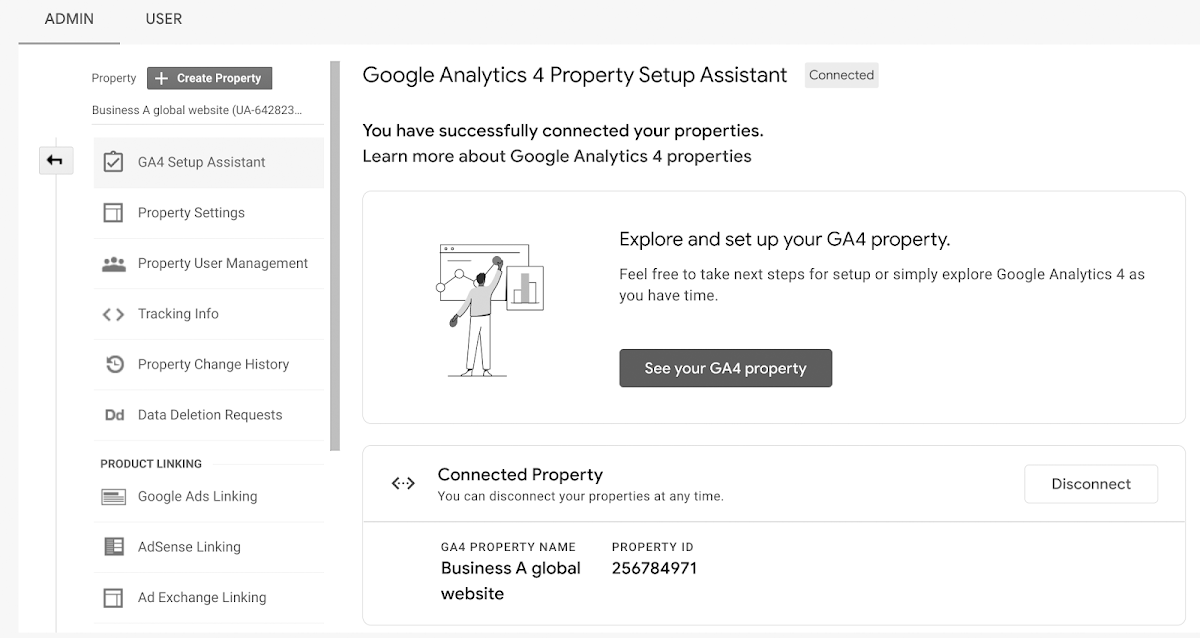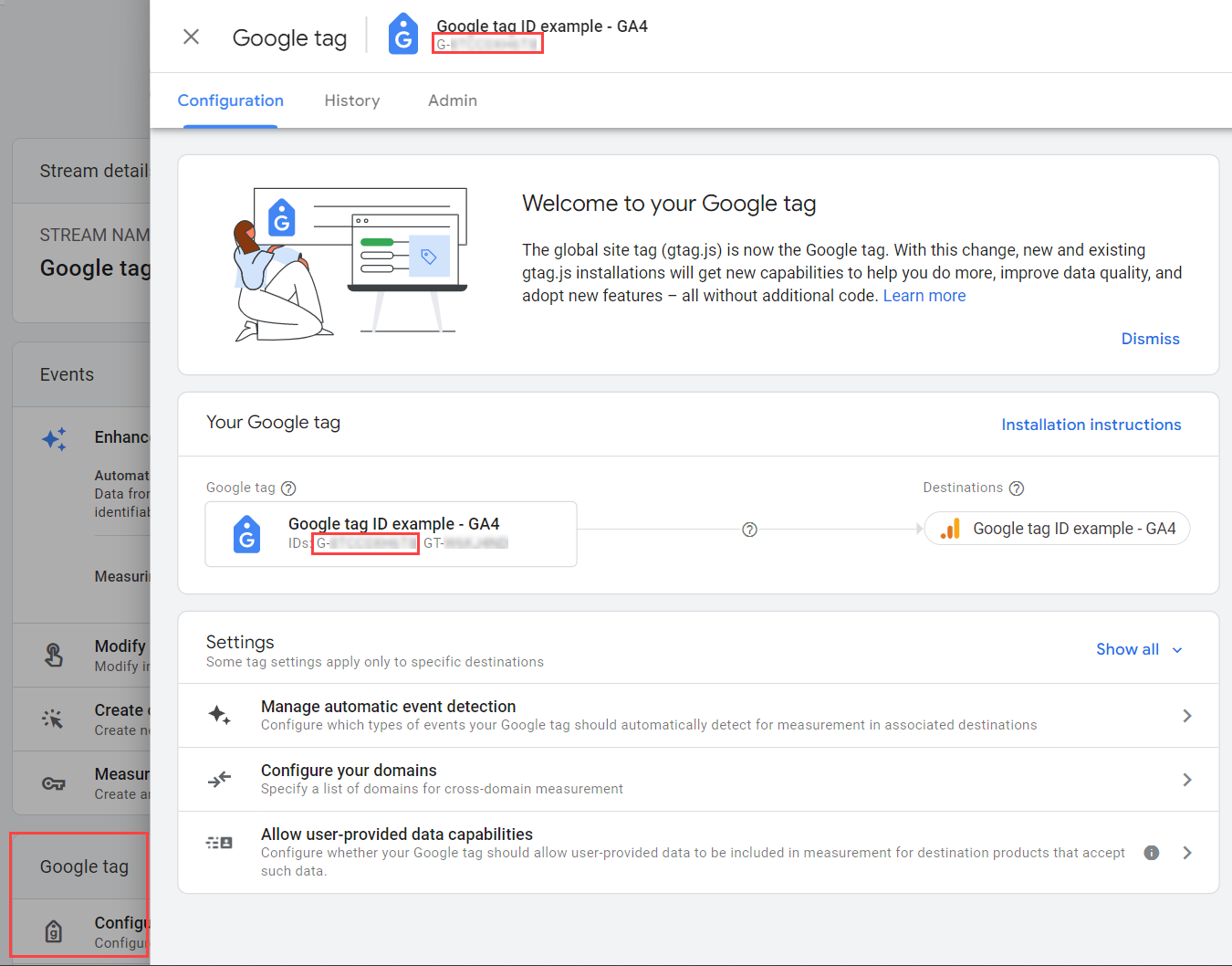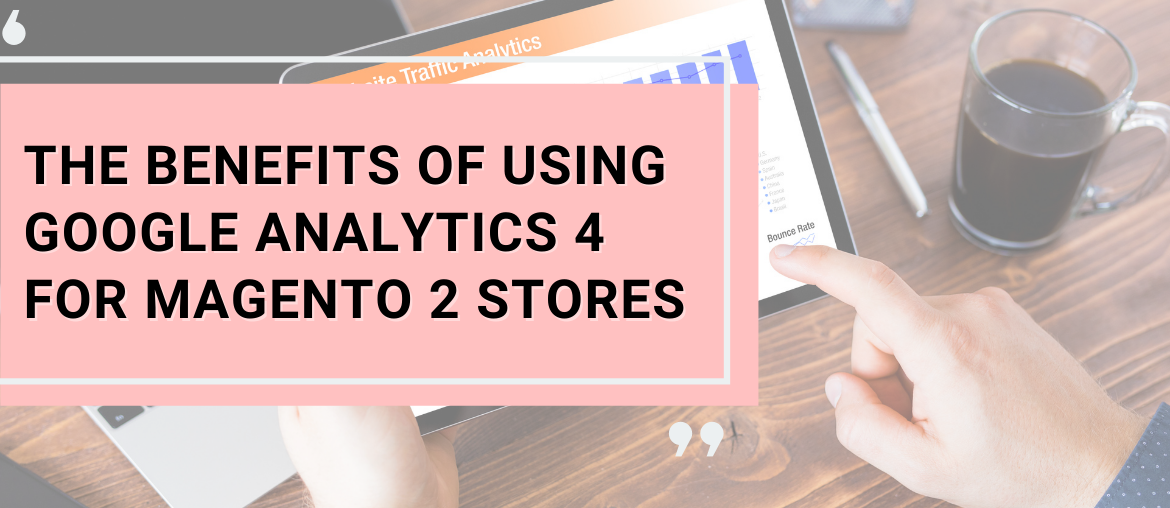Table of contents
In today’s digital age, data is king. As an online store owner, you need access to accurate and actionable data to make informed decisions for business growth. This is where Google Analytics 4 (GA4) comes in. The latest version of Google Analytics can help you understand your customers’ behavior, optimize your marketing campaigns, and measure your store’s success better. In this article, we will discuss the benefits of using Magento 2 Google Analytics 4 for stores.
What is Google Analytics 4?
Google Analytics 4 is the latest version of Google Analytics, that tracks and reports website traffic. GA4 also offers advanced features and insights to help businesses make more informed decisions and improve their digital marketing strategies.
According to the latest announcement by Google, GA4 is an advanced measurement solution that will take the place of Universal Analytics. Effective July 1, 2023, the standard Universal Analytics properties will cease processing new hits. Therefore, if you are currently utilizing Universal Analytics, it is recommended that you begin preparing to transition to Google Analytics 4 as soon as possible.
How is GA4 different from previous versions?

GA4 is a significant departure from previous versions of Google Analytics. Some of the key differences include the following:
- Enhanced user privacy – GA4 is designed to be more privacy-friendly, with features such as enhanced data controls and machine learning algorithms that can analyze data without relying on third-party cookies.
- Cross-device tracking – GA4 offers more advanced cross-device tracking, enabling businesses to better understand how their customers interact with their brands across multiple devices.
- Event-based tracking – GA4 uses an event-based tracking system that enables businesses to track specific actions on their website or app, such as button clicks or form submissions.
- Advanced analytics – GA4 offers more advanced analytics capabilities, including predictive analytics and machine learning algorithms that can provide insights into customer behavior and help businesses make more informed decisions.
How does Magento 2 Google Analytics 4 improve your business?
Google Analytics is a powerful tool that can help businesses track and analyze website traffic, user behavior, and other important metrics. While the platform has many advanced features and capabilities, there are some basic applications of Google Analytics that every business owner should know such as:
- Tracking website traffic
- Tracking user behavior
- Track the effectiveness of marketing campaigns
- Generate reports and insights
With these features, Google Analytics 4 brings several benefits to your Magento 2 Stores.
Enhanced customer insights
One of the most significant advantages of GA4 is its ability to collect more customer data than its previous versions. With GA4, you can better understand your customer’s behavior, preferences, and interests. This includes information such as the devices they use, the pages they visit, the products they view, and their actions on your website. This data can help you create more personalized experiences, improve your website’s usability, and increase customer loyalty.
Better attribution modeling
GA4’s attribution modeling allows you to track customer journeys across different channels and touchpoints, enabling you to identify which marketing campaigns and channels are most effective in driving conversions. This includes both online and offline channels, such as social media, email, paid search, and in-store visits. With GA4, you can measure the impact of each touchpoint on the customer journey and optimize your marketing spend accordingly.
Improved e-commerce tracking
For Magento 2 stores, e-commerce tracking is essential to understanding your store’s performance. GA4’s e-commerce tracking provides more detailed and accurate information about your store’s transactions, revenue, and product performance. This includes information such as the number of products sold, the average order value, and the conversion rate. You can use this data to optimize your product offerings, pricing, and promotions.
Customized reports
GA4 allows you to create customized reports and dashboards based on your specific business goals and KPIs, providing you with actionable insights relevant to your store’s performance. You can choose from various pre-built templates or create your own custom reports. This enables you to focus on the metrics that matter most to your business and make data-driven decisions to help you achieve your goals.
Cross-device tracking
GA4’s cross-device tracking allows you to track customers’ interactions with your store across multiple devices, enabling you to create a more holistic view of their behavior and preferences. This includes tracking customer interactions on desktop, mobile, and tablet devices. With cross-device tracking, you can gain a better understanding of how customers engage with your store and create a more seamless user experience across all devices.
How to get started with Magento 2 Google Analytics 4 for Stores?
Setting up Google Analytics 4 for an eCommerce business website can help you gain valuable insights into customer behavior, optimize your website, and improve your marketing efforts. In this part, we will show you the steps to connect GA4 to your Magento 2 website. However, integrating GA4 for your eCommerce business website can be challenging, especially if you are not tech-savvy.
Fortunately, there is a solution for you if you find it difficult to set up GA4 on your own. Our Magento 2 Google Analytics 4 extension is designed to simplify the process for you. It comes with a range of features and tools that make it easy for anyone, regardless of technical expertise, to connect GA4 with their Magento 2 store. So, if you are struggling with the setup process, this extension could be just what you need to get started.
Download now and gain valuable insights to grow your business.
As an editor or administrator, there are three methods to initiate the Google Analytics setup:
First, if you’re new to Analytics and wish to obtain data for your website and/or app, you may set up Analytics data collection.
- Create a GA4 property
As a new beginner, the first step you have to sign in to your Google Analytics account and create a new GA4 property for your eCommerce business website.

To create a GA4 account, you can refer to the tutorial in the video below:
Set up a Google Analytics 4 account
- Set up eCommerce tracking
In GA4, eCommerce tracking is enabled by default. However, you will need to configure your eCommerce settings to make sure that all of the relevant data is being collected.
![]()
To do this, go to the “eCommerce settings” section under the “Data Streams” tab and make sure that your currency, shipping settings, and tax settings are all configured correctly.
More detailed: https://support.google.com/analytics/answer/9304153
Second, if you’re already using Universal Analytics (Analytics “classic”), you can add Google Analytics 4 to your site with the help of the GA4 Setup Assistant.
This will include a new Google Analytics 4 property along with your existing Universal Analytics property, both of which can be accessed via the property selector in the Admin area.
To convert your Google Universal to Google Analytics 4, you need to follow these basic steps:
- Creates a new GA4 property.
- Transfers important information such as the property name, website URL, timezone, and currency settings from your existing Universal Analytics property.
- Activates enhanced measurement in your new GA4 property.
- Establishes a connection between your Universal Analytics and GA4 properties, allowing you to migrate configurations from your Universal Analytics property to your new GA4 property using the Setup Assistant in Google Analytics 4.
- If you choose to reuse an existing site tag, sets your new GA4 property to receive data from your current Google tag.

However, it’s important to note that the GA4 Setup Assistant wizard does not backfill your new GA4 property with historical data. Your GA4 property only collects data moving forward. To access historical data, you will need to use the reports in your Universal Analytics property.
More detailed: https://support.google.com/analytics/answer/9744165#zippy=%2Cin-this-article
Third, if you use Magento as a CMS-hosted website, you may add Google Analytics 4 by following the appropriate steps.
Like the previous two options to add GA4 to your website, you need to have a GA4 property and add a data stream (because of the instructions above, I will skip this step).
Then, to begin collecting data for your Magento website, follow these steps:
- Copy your “G-” ID from the Web stream details page in Google Analytics by clicking on “Configure tag settings”.
- Paste your “G-” ID into the Google Analytics field provided by Magento, following Magento’s instructions.
- After you have pasted your “G-” ID, it may take up to 30 minutes for data collection to start.
- Once data collection has started, you can use the Realtime report in Google Analytics to confirm that you are receiving data.

More detailed: https://support.google.com/analytics/answer/10447272#magento
Conclusion
In conclusion, GA4 provides several benefits for Magento 2 stores, including enhanced customer insights, better attribution modeling, improved e-commerce tracking, customized reports, and cross-device tracking. By leveraging the power of GA4, you can gain valuable insights into your customers’ behavior, optimize your marketing campaigns, and measure your store’s success.
If you are having trouble setting up GA4, our Magento 2 Google Analytics 4 can simplify the process for you, with its user-friendly features and tools designed for anyone to easily connect GA4 with their Magento 2 store.
With GA4, you can take your Magento 2 store to the next level and achieve your business goals.
Now is the time to start using GA4.





